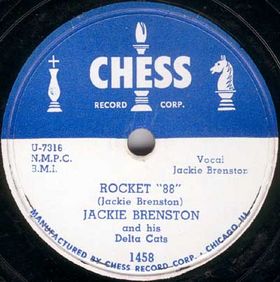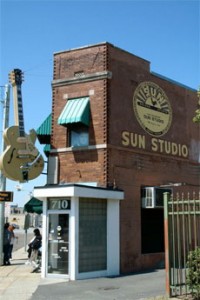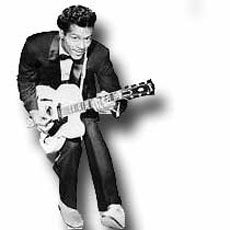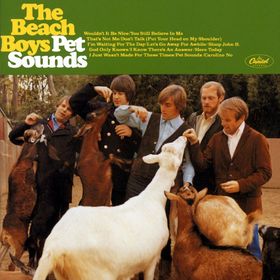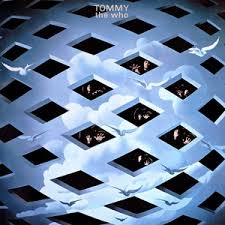Gospel music has had a significant influence on the development of rock and roll music. The roots of gospel can be traced back to the late 19th century, when African American communities in the South were developing their own forms of religious music that reflected their experiences and traditions. Gospel music was characterized by its powerful vocals, soaring harmonies, and emotional intensity, and it quickly became a staple of African American churches throughout the South.
Gospel music encompasses a wide range of musical styles, so there isn’t a specific beat that characterizes all gospel music. However, many gospel songs are rooted in the rhythms and harmonies of traditional African-American music, particularly blues and spirituals. These songs often feature a steady, driving beat with a strong emphasis on the backbeat (the second and fourth beats of each measure), which creates a sense of momentum and energy.
As rock and roll emerged in the 1950s, many young musicians were looking for new and innovative ways to express themselves musically. They turned to gospel music for inspiration, incorporating elements of its sound and style into their own music. This fusion of gospel and rock and roll gave birth to a new genre that would come to define the era and become one of the most popular and influential forms of music in the world.
Famous Gospel Influencers
 One of the biggest influences of gospel on rock and roll was Sam Cooke, who was one of the first artists to successfully merge the two styles. Cooke was a gospel singer in his youth, and he brought his powerful voice and soulful delivery to the rock and roll stage, making a significant impact on the genre and paving the way for other artists to follow.
One of the biggest influences of gospel on rock and roll was Sam Cooke, who was one of the first artists to successfully merge the two styles. Cooke was a gospel singer in his youth, and he brought his powerful voice and soulful delivery to the rock and roll stage, making a significant impact on the genre and paving the way for other artists to follow.
Another major influence was Ray Charles, who combined gospel, blues, and jazz to create a unique and powerful sound that became known as soul. Charles was a gospel singer before he became a rock and roll legend, and his music reflected his gospel roots, incorporating elements of gospel into his rock and roll recordings and performances.
The influence of gospel on rock and roll can also be seen in the work of Elvis Presley, who was known as the “King of Rock and Roll.” Presley was raised in the gospel tradition, and his music was heavily influenced by the gospel music he heard in his youth. His gospel recordings, including “How Great Thou Art,” remain some of his most popular and enduring works.
There is no doubt that gospel music has had a profound influence on the development of rock and roll music. From the powerful vocals and soaring harmonies of gospel, to the soulful delivery of artists like Sam Cooke and Ray Charles, gospel has played a crucial role in shaping the sound and style of rock and roll. The influence of gospel on rock and roll continues to be felt today, as new generations of musicians continue to be inspired by its powerful traditions and its timeless appeal.


